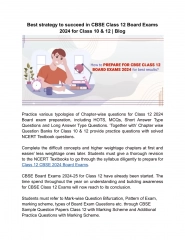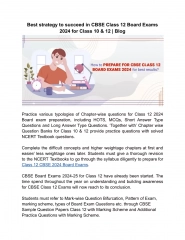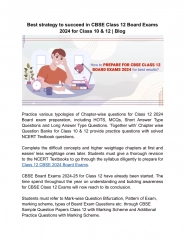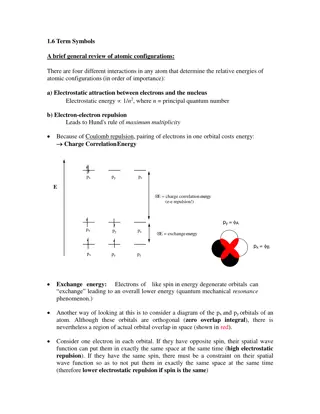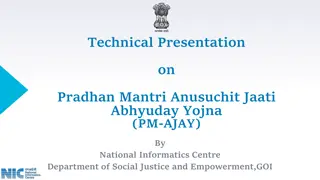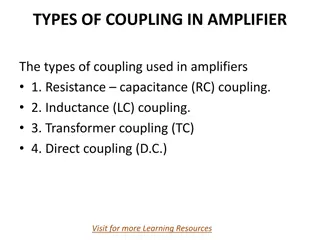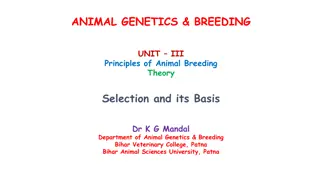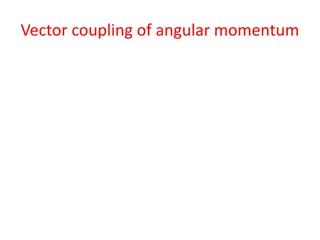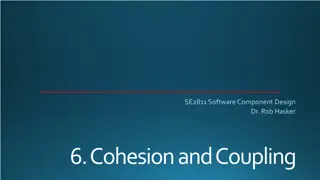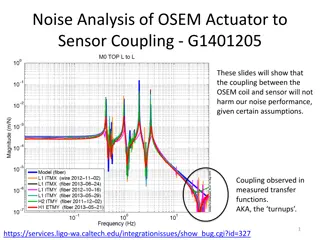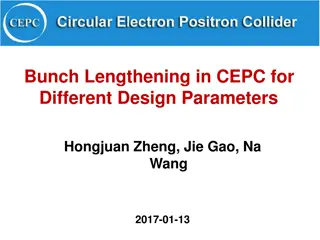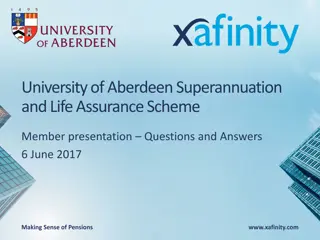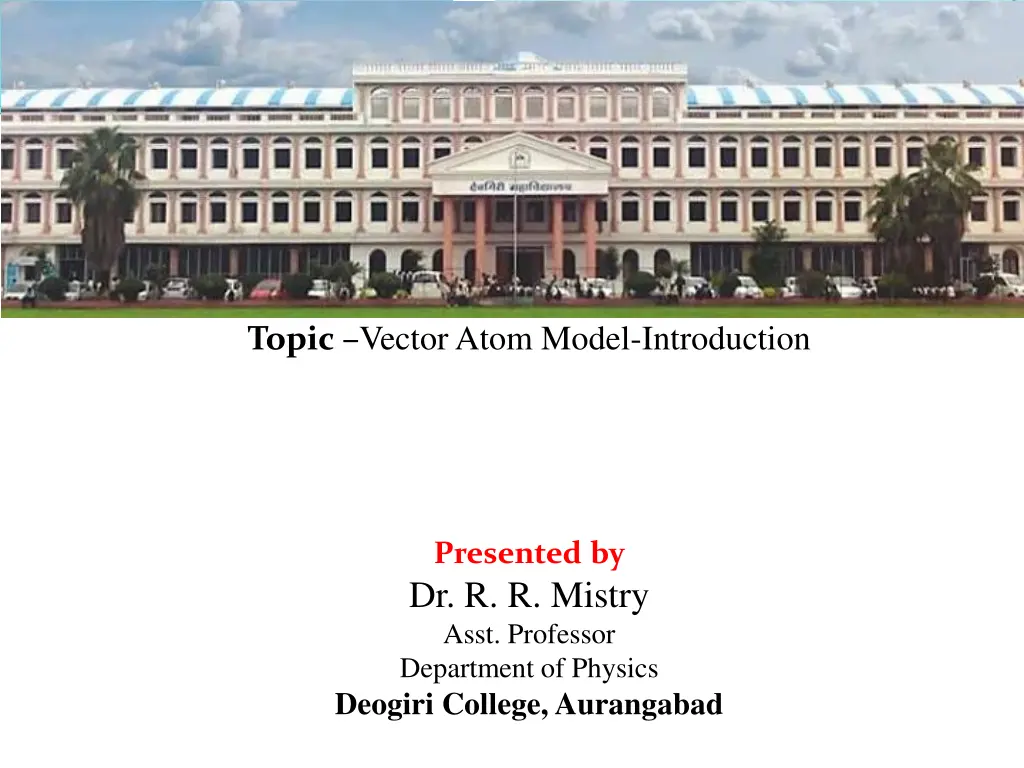
Introduction to Vector Atom Model Coupling Schemes
Explore the coupling schemes in the Vector Atom Model, including L-S coupling and J-J coupling, presented by Dr. R. R. Mistry, highlighting how different electron vectors combine to represent the atom as a whole. Understand the guiding principles, quantization of vectors, and appropriateness of L-S coupling for light atoms.
Download Presentation

Please find below an Image/Link to download the presentation.
The content on the website is provided AS IS for your information and personal use only. It may not be sold, licensed, or shared on other websites without obtaining consent from the author. If you encounter any issues during the download, it is possible that the publisher has removed the file from their server.
You are allowed to download the files provided on this website for personal or commercial use, subject to the condition that they are used lawfully. All files are the property of their respective owners.
The content on the website is provided AS IS for your information and personal use only. It may not be sold, licensed, or shared on other websites without obtaining consent from the author.
E N D
Presentation Transcript
Topic VectorAtom Model-Introduction Presented by Dr. R. R. Mistry Asst. Professor Department of Physics Deogiri College, Aurangabad
Coupling Schemes:- There are several ways in which the different vectors of the electrons may combine to give the vectors representing the atom as a whole. The method of combination interaction or coupling between the component vectors, since the orbital and spin motions of the electron producing magnetic fields result in mutual perturbation. Coupling scheme are of two types (a) L-S coupling and (b) J-J coupling. depends on the
(a) L-S coupling: This type of coupling occurs most frequently hence is also known as the normal coupling. In this type the several orbital vectors l of the electrons combine to form a resultant vector L; the several orbital vectors s of the electrons combine to form a resultant vector S; and then the L and S combine to make the vector J which represents the total angular momentum of the atom. The process represented as may be symbolically
The guiding principles in this type of coupling are: (i)All the tthree vectors L, S and J are quantized. (ii) L is always an integer including zero. i.e. L may be 0, 1, 2, 3, .. etc. (iii) S is an integer or half integer depending on the number of electrons involved and the direction of the spin vectors.
It follows that S is an integer for an even number of electrons and half integer for an odd number of electrons. iv) Hence J, the vector sum of L and S must be an integer if S is an integer, i.e. even electron systems and half integer if S is half integer, i.e. forodd electron system. The possible number of way in which L and S can combine to form J are (2S+1) if L S And (2L+1) if L S J must always be positive, never negative, since it represents the total angular momentum of the atom. L-S coupling is appropriate for the light atoms and is also known as Russell-Saunder s coupling.
b) J-J coupling:- Under interaction between the spin and orbital vectors in each electron is stronger than that between either the spin vectors or orbital vectors of the different electrons. In this case each electron is considered separately and its contribution to the total angular momentum of the atom is obtained by combining first its individual spin and orbital vectorusing the relation certain circumstances, the
the vector sum of all the individual vectors of the different electrons gives the total angular momentum J of the atom. This coupling is symbolically represented as:
Paulis Exclusion Principle: Pauli s exclusion principle states that no two electrons in an atom can exists in same quantum state. i.e. no two electrons can have the same set of all quantum numbers in an atom (n, l, s, j, ml, msand mj). This principle helps in calculating the permissible numberof electrons in shells and sub-shells. The principle was first introduced by Pauli to explain certain experimental facts, such as (a) the occurrence or non-occurrence of spectral lines in the optical and x-ray spectra- it was found that for all missing energy states of atoms all the four quantum numbers of the electrons agreed and (b) the complete scheme of the successive formation of the atoms as arranged in the periodic table.
The Selection Rules: It is experimentally found that all the possible combinations of permitted energy states of an atom do not actually appear as spectral lines. Selection principles which give the reason. For the vector atom model there are three selection rules: one for L, another for J and a third for S. rules ar certain
(a) Theselection rule for L. Most of the observed spectral lines are due to transitions between states, in which a single electron jumps from one orbit to anther in such case the selection rule for L is observed forwhich thevalue of L changes by (b) Theselection rule for S. The selection rule for S is given by that states with different S ( different multiplicities ) do not combine with one another. It is only an apxoximate rule holding good in the case of light atom only those lines are which
(c) The selection rule for J. Spectral line arise only when transition take place between states forwhich excluded. Note: In the presence of magnetic field, the orbital magnetic quantum number ml either does not change or changes by The spin magnetic quantum number remains unchanged i.e. The selection rule for

